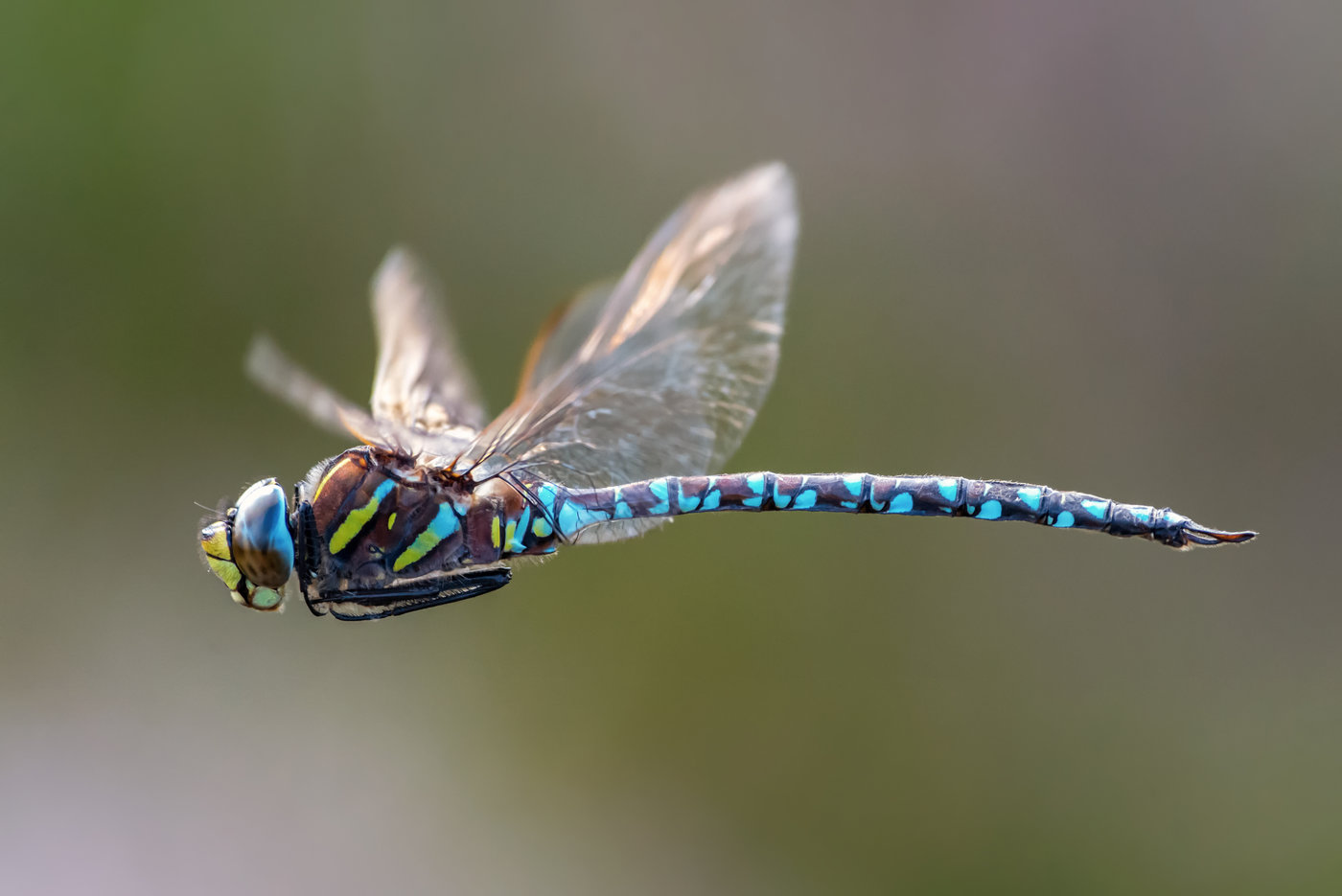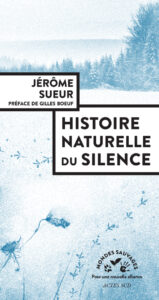Noises, sounds and silence
Even in apparent silence, the sounds of nature, including those produced by insects, are omnipresent. Two recent publications explore these subjects.

At the heart of a world invaded by the almost incessant noise of human activity, the rediscovery of natural acoustic spaces is almost an initiatory journey. We enter an environment where silence seems to predominate, as eco-acoustics researcher Jérôme Sueur shows us in a book recently published by Actes Sud. In it, we must abandon all anthropocentrism, so as not to generalize our transmission and reception capacities, and even less our will and emotions, to other species. The author introduces us to the study of the sonosphere and its geophonic, biophonic (animal and plant) and anthropophonic sources, illustrating his point with numerous examples from the animal kingdom. In addition to intentional signals, there are countless other manifestations, biotic or otherwise, incidental or otherwise, which audiobiophilia, the sensitive and analytical listening to the sounds of nature, reveals to us: the beating of a wing, chewing, the breath of the wind, the crystalline flow of water or the cracking of a tree branch. Where does silence hide? While predators and prey use it for diametrically opposed purposes, its communicative and structural role within environmental systems is also particularly important. From the characteristics of sound to the different natural modes of phonic production, from paleobiophony to the sense of orientation facilitated by acoustics, the 25 short, dense chapters cover a wide range of fascinating aspects, including the negative effects of noise and the strategies used by animals to avoid the human din, whose current hegemony is wiping out millions of years of evolution and diversification in sound.
With a few notable exceptions, often related to the graceful Lepidoptera, the fascinating world of insects only really attracted the interest of composers from the 20th century onwards.e century. A collective work presents several essays dedicated to this theme (French baroque harpsichordists, in particular Couperin; contemporary music, with contributions from three composers: François-Bernard Mâche, Alain Louvier and Yumi Saïki), as well as to the subject of entomic phonic signals, their modes of production, their raison d'être, their insertion at the heart of the soundscape, and their musical use for humorous purposes. Among other things, we'll learn about the musical locusts kept in cages in Japan so that music-lovers can enjoy hearing them, or about the various myths associating the insect class with music, whether in Mesopotamia, ancient Greece, the Hopi Indians or the Dogons of Mali. At the end of this volume is a list of over 200 works inspired by hexapods, from theInsektarium from Langgaard to Insect Symphony d'Aho, d'El Grillo from Josquin to Ground beetle by Mussorgsky, the Grasshopper from Marais to Bedbug by Shostakovich.
Jérôme Sueur: A natural history of silence, 272 p., € 22.00, Actes sud, Arles 2023, ISBN 978-2-330-15009-9
Insects and music, edited by Benjamin Lassauzet and Alain Montandon, 318 p., € 39.00, Hermann éditeurs, Paris 2022, ISBN 9791037022493








